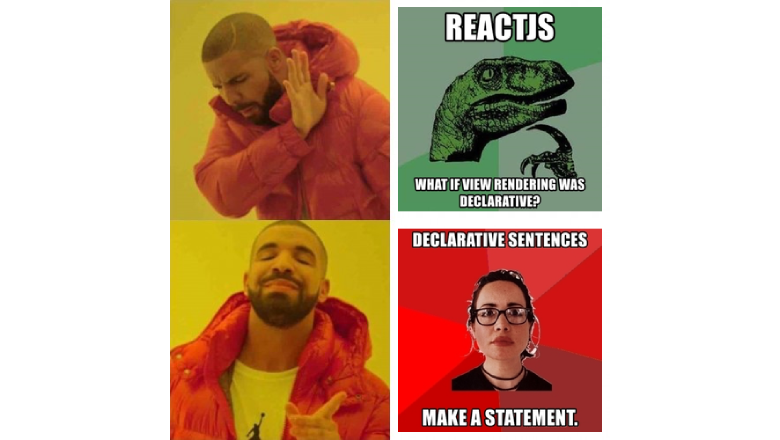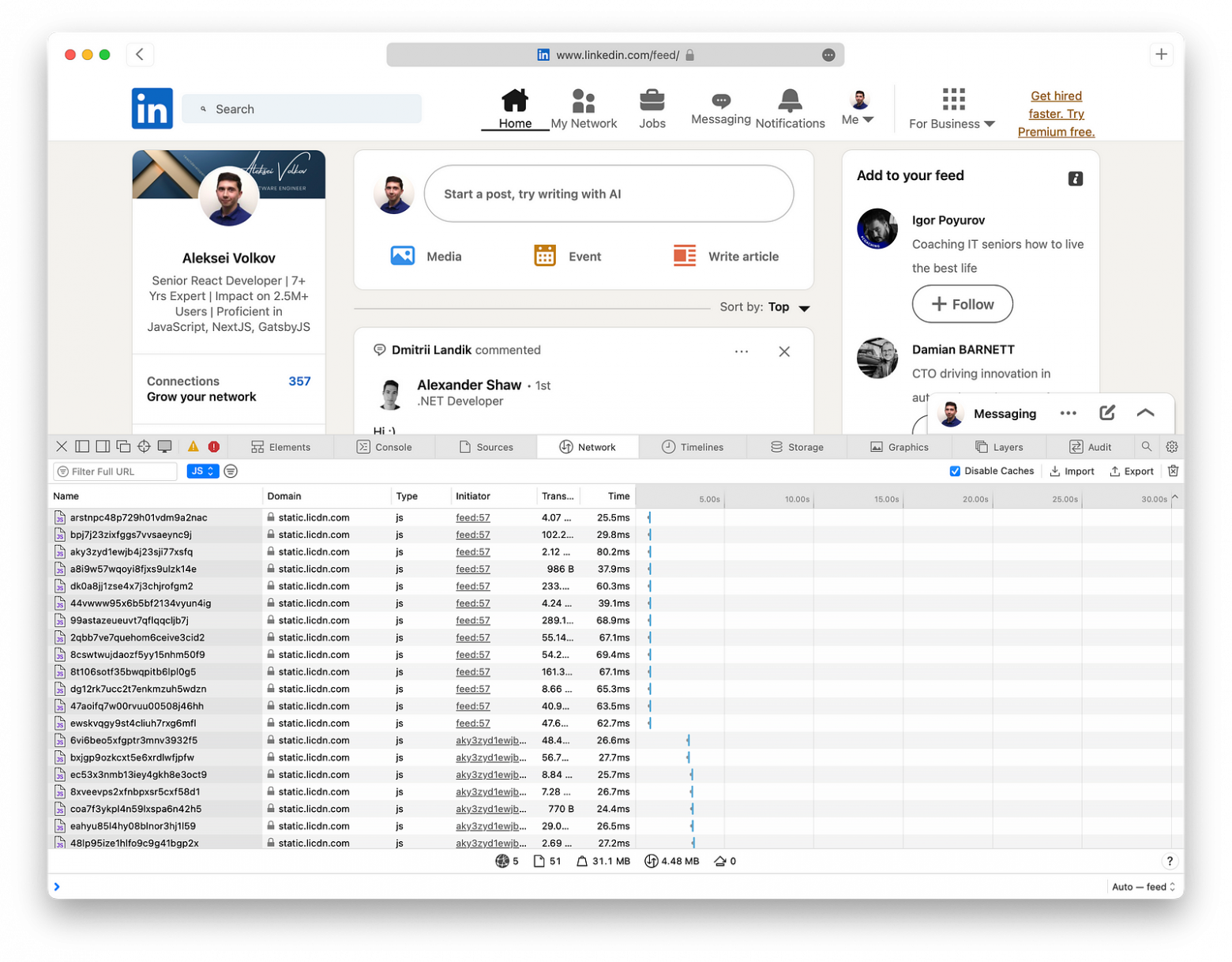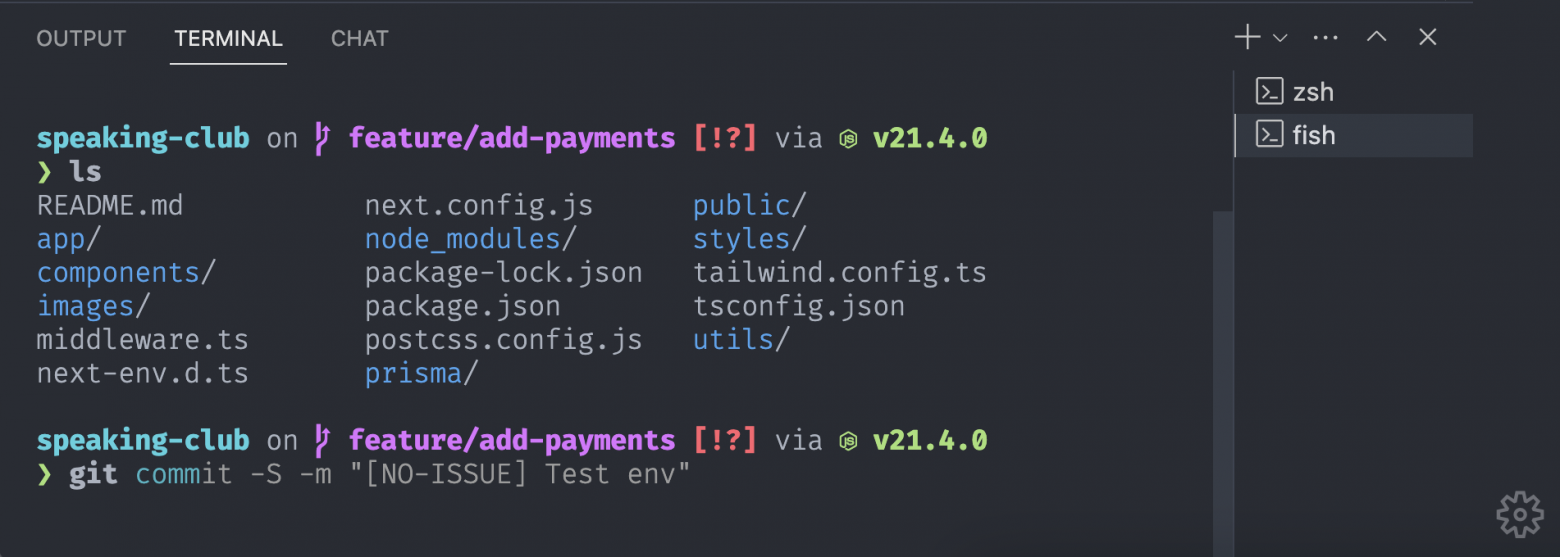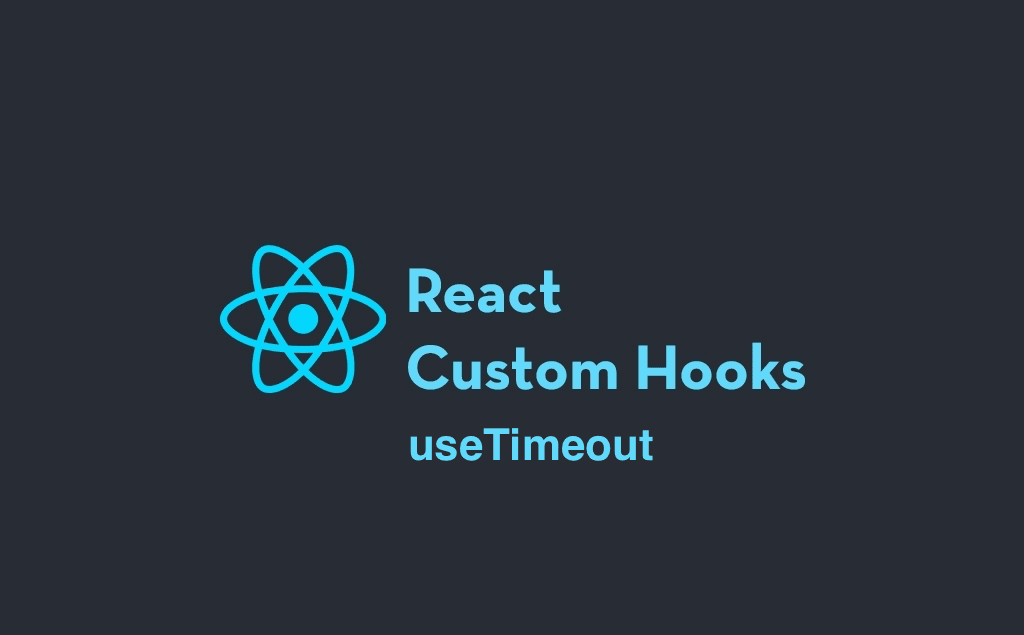Micro Frontends: A Developer Fad or a Real Business Benefit?

Micro frontends: hype or game-changer? How one team cut costs, sped releases, and built scalable apps without chaos.

High-level, interpreted programming language. It is a language which is also characterized as dynamic, weakly typed, prototype-based and multi-paradigm

Micro frontends: hype or game-changer? How one team cut costs, sped releases, and built scalable apps without chaos.

Complex systems often appear chaotic or incomprehensible, yet closer examination reveals that such complexity can frequently be reduced to a simple underlying mechanism. By systematically removing layers of emergent behavior, one can uncover a fundamental rule or equation from which the entire system originates.

If you’re building a multilingual React Native (or web) app, you’ve probably tried react-i18next, i18n-js, LinguiJS, or similar libraries.
But in every project, the same issues come up:
❌ Unused key-value pairs are never removed
❌ Content gets duplicated
❌ Ensuring format consistency across languages is painful
❌ i18next doesn’t generate TypeScript types by default – so t("my.key") won’t throw even if it’s been deleted
❌ Localization platforms like Lokalise or Locize get expensive fast
Frustrated by these challenges, I waited for a better solution... then decided to build one myself: Intlayer.

Memory leaks in Node.js can be silent killers for your applications. They degrade performance, increase costs, and eventually lead to crashes. Let’s break down common causes and actionable strategies to prevent or fix them.

tl;dr; in the modern TS/JS landscape and overall tooling trends, better stick with static code generators, they are more performant in many ways, easier to integrate into apps, other tools and the multitude of modern JS runtimes. My new tool is as good as other static code generators, but it also produces strictly type safe code and unit tests for you.
This post goes into a rather deep comparison of my new tool Type Predicate Generator (from here just Generator) to other runtime type checkers, also giving a rather broad overview of the related topics. To get a sense of what it does try checking the Playground first.
If you're about to create your first tool for the TypeScript ecosystem the insights in this article will help you hit the ground running.

Do you want to know how to build an AI image analyzer? Then read this article till the end! I'm going to show you how to build AI analyzer tools really simply, so you almost don't have to have any prior knowledge. I will take you step by step, and we will use Project IDX and the Gemini API. This means you don't have to set up anything; everything we will do is on the cloud. If you're ready, then let's get started!

The new code as the side effect
If we use the reducer function for form data handling It has an infinite list of returned values, which expands when the next development iteration updates the interface defining the form and implements a new field. So the reducer pattern is procedure code, not a functional

In the internet’s early days, blogging was straightforward. A server with PHP and MySQL allowed you to share your thoughts globally. Even FTP access with an index.html file sufficed.
However, as the web evolved, so did blogging requirements. Non-programmers needed user-friendly web interfaces, faster loading times, and seamless daily publishing. Platforms like Reddit, WordPress, and Tumblr emerged, but they faced a common issue: website ownership.

If you are new to IT, the first thing I recommend is focus. Don’t try to learn everything at once. Instead, choose a field that increases your chances of landing your first job quickly.

They might sound complicated, but they are actually a fundamental part of the language. In this article, we’ll explore closures in a straightforward and practical way. Let’s clear up common misunderstandings. Walk through real-world examples. Nail those tricky interview questions about closures. By the end, you’ll see closures not as a hurdle, but as a valuable part of your JavaScript toolkit.

If you’re a React developer, you know how important state management is. State is the data that powers your UI, making it interactive and dynamic. But managing state in React can be tricky, especially when you have to share it across multiple components or deal with complex and asynchronous logic.
That’s why over the years, React developers have come up with various solutions for state management, each with its own advantages and disadvantages. In this article, we’ll take a look at some of the most popular ones and how they evolved. We’ll also review some of the current state-management libraries and how to choose the best one for your app.

Hello, fellow front-end developers! Imagine a tool that’s not about punching in commands but a gateway to a world of coding artistry. That’s what the macOS Terminal became for me at Luxoft.
In the realm of frontend development, the quest for enhancing user interaction remains a constant pursuit. Developers, inspired by innovation, often seek solutions to refine components for a seamless user experience. Today, we delve into the construction of an advanced dropdown component using Svelte — a framework known for its simplicity and effectiveness.
Vue + modal window is it that simple?
In this article I will go through the most popular points that use modal windows. I’ll also tell you how to do this elegantly and highly functional. Opening multiple windows, returning a value, and integrating with vue-router are all covered here.

In the ever-evolving realm of web development, mastering advanced concepts is essential for creating robust and flexible applications. In this article, we'll delve into one of these foundational React concepts: Higher-Order Components, commonly known as HOCs.
Whether you're a seasoned developer seeking advanced techniques or a curious beginner eager to learn, we'll walk through the creation and application of HOCs step by step. Get ready to enrich your development toolkit with this powerful approach while discovering how to enhance the readability, reusability, and maintainability of your code.

One of the significant advantages of this custom hook is that it ensures the callback function remains up to date even if it changes during component re-renders. By using a useRef to store the callback reference, the hook guarantees that the latest version of the function is always called.

One of the key advantages of this custom hook is its simplicity. You can use it to store any type of data, such as strings, numbers, or even complex objects, with just a few lines of code. Additionally, useStorage handles the serialization and deserialization of data for you, so you don't have to worry about converting values to and from JSON.

One of the key advantages of this custom hook is its flexibility. You can pass any validation function that suits your specific requirements. Whether it's checking the length of a string, ensuring a numeric value falls within a certain range, or performing more complex validations, useStateWithValidation has got you covered.

In this article series, we embark on a journey through the realm of custom React hooks, discovering their immense potential for elevating your development projects. Our focus today is on the "useStateWithHistory" hook, one of the many carefully crafted hooks available in the collection of React custom hooks.

Hello, dear users of the IT world!
In the era of active development of web technologies and interactive applications, 3D-graphics is becoming more and more relevant and in demand. But how to create a 3D application without losing the advantages of web development? In this article, we will look at how to combine the power of Three.js with the flexibility of React to create your own game right in the browser.
This article will introduce you to the React Three Fiber library and teach you how to create interactive 3D games.